Key terms
| Term | Meaning | |
|---|---|---|
| Oscillatory motion | Repeated back and forth movement over the same path about an equilibrium position, such as a mass on a spring or pendulum. | |
| Restoring force | A force acting opposite to displacement to bring the system back to equilibrium, which is its rest position. The force magnitude depends only on displacement, such as in Hooke’s law. | |
| Simple harmonic motion (SHM) | Oscillatory motion where the net force on the system is a restoring force. |
Equations
| Equation | Symbols | Meaning in words |
|---|---|---|
| open vertical bar, F, start subscript, s, end subscript, close vertical bar, equals, k, open vertical bar, x, close vertical bar | F, start subscript, s, end subscript is spring force, k is the spring constant, and x is displacement | The magnitude of the spring force is directly proportional to the spring constant and the magnitude of displacement |
| x, left parenthesis, t, right parenthesis, equals, A, cosine, left parenthesis, 2, pi, f, t, right parenthesis | x is displacement as a function of time, A is amplitude, f is frequency, and t is time | Displacement as a function of time is proportional to amplitude and the cosine of 2, pi times frequency and time |
Force, displacement, velocity, and acceleration for an oscillator
Simple harmonic motion is governed by a restorative force. For a spring-mass system, such as a block attached to a spring, the spring force is responsible for the oscillation (see Figure 1).
Since the restoring force is proportional to displacement from equilibrium, both the magnitude of the restoring force and the acceleration is the greatest at the maximum points of displacement. The negative sign tells us that the force and acceleration are in the opposite direction from displacement.
The mass's displacement, velocity, and acceleration over time can be visualized in the graphs below (Figure 2-4).
Analyzing graphs: Period and frequency
We can graph the movement of an oscillating object as a function of time. Frequency f and period T are independent of amplitude A. We can find the period T by taking any two analogous points on the graph and calculating the time between them. It’s often easiest to measure the time between consecutive maximum or minimum points of displacement. Once the period is known, the frequency can be found using f, equals, start fraction, 1, divided by, T, end fraction.
Finding displacement and velocity
Distance and displacement can be found from the position vs. time graph for simple harmonic motion. Velocity and speed can be found from the slope of a position vs. time graph for simple harmonic motion.
Common mistakes and misconceptions
Sometimes people confuse period and frequency. These quantities are the inverse of each other. If we can find one, we can also find the other through the relationship:
This means that if the frequency is large, the period is small, and vice versa
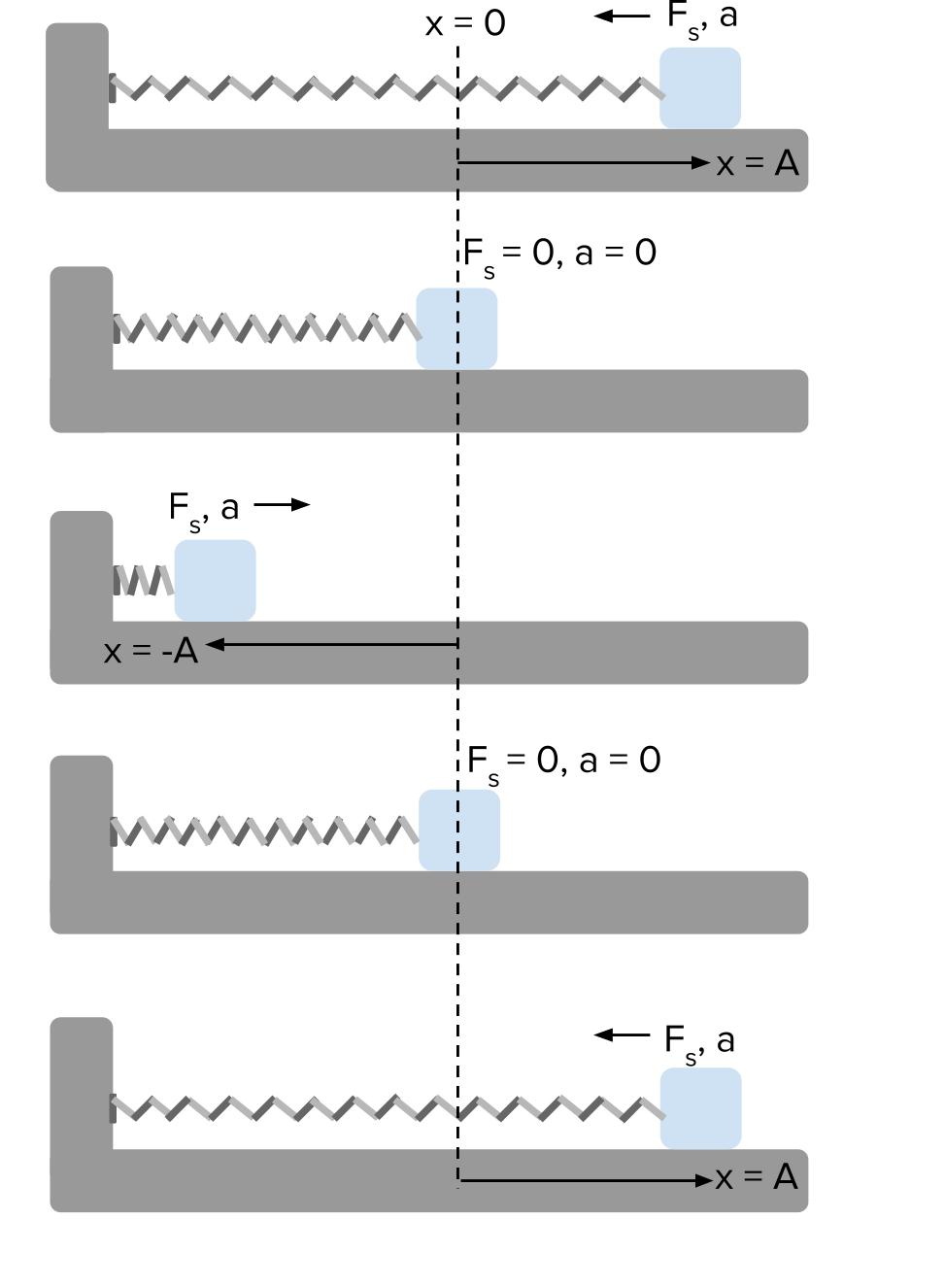
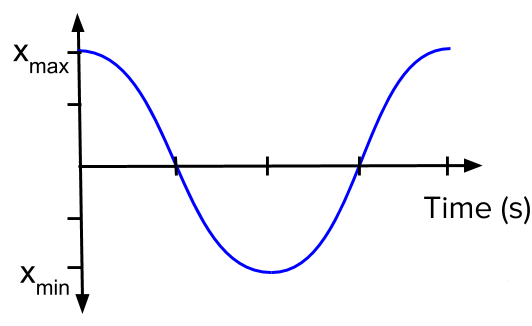
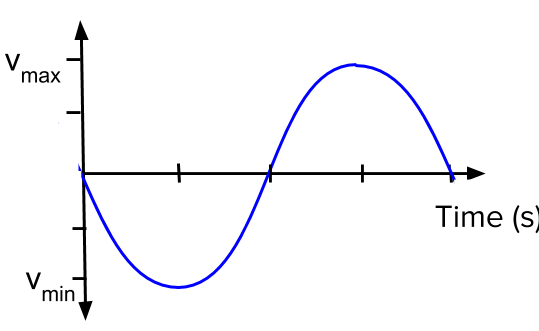
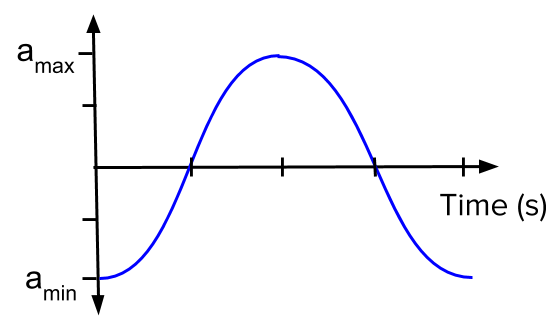
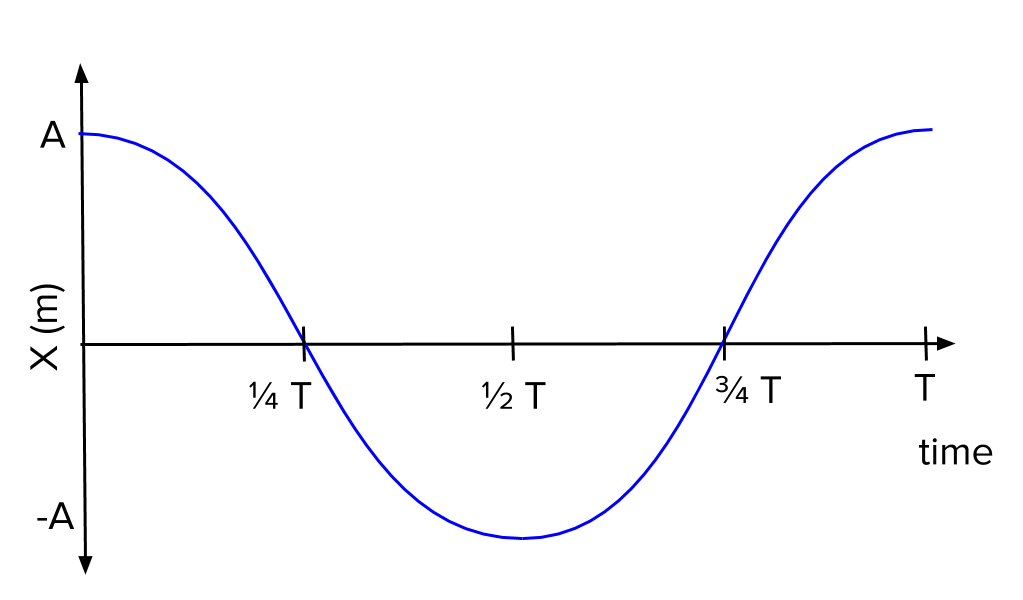






0 Comments